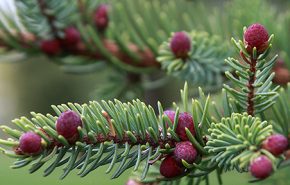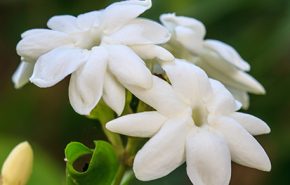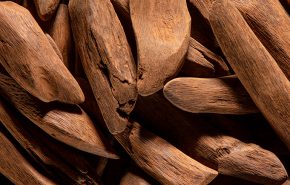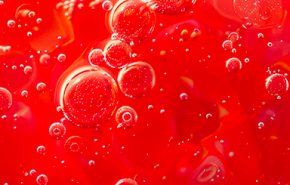€8.95
Jasmine Wax
Eleonora Scalseggi has this to say “Floral waxes are a lovely addition to a vast array of preparations, be that a solid perfume, a cosmetic cream, lip balm, soap or a massage candle. Jasmine wax is no exception: with a melting point quite close to that of human skin compared to other vegetable waxes, and with the same orange colour as jasmine grandiflorum concrete, it also carries light traces of the flower’s divine scent, thus making it invaluable in contributing to masking the smell of many cosmetic ingredients, often not really neutral or pleasing.
Added to emulsions in small percentages to the oil phase (generally always less than 1%) it can help imparting a dry touch to the cream.
In lip balms, this floral jasmine wax can be used along with other oils, butters and waxes (max 10%). The different proportion among these ingredients will dictate if you will obtain a lip balm stick (by adding higher percentages of waxes and butters compared to the oils) or a soft lip butter that you can pour in a little jar and simply apply with your fingers.
Floral waxes can also make a brilliant addition within solid perfumes, which incidentally are a great way of starting out to make perfumes for absolute beginners, but also for those who like a discreet scent that stays close to the skin rather than fill the room around you. Also, solid perfumes make very nice little gifts and can prove very practical for travelling, especially to avert any spillages or when amounts of liquids in your luggage are to be limited. For making a solid perfume, you’ll need to melt the wax, mixed with carrier oils of your choice (we advise jojoba because it’s very stable) and your essential oils, concretes, etc to impart the desired scent. In order to avoid damaging the wax when melting it, bain-marie is strongly recommended. The right consistency of the finished solid perfume should be firm and waxy, yet creamy, very similar to that of a good lipstick.
In soap making, this jasmine wax is generally used in both hot and cold processes at maximum 3% where it can help making the soap bar a little harder. Since its saponification value is very low, the amount of this wax can be ignored when calculating the amount of sodium hydroxide for the soap. Also please bear in mind that its orange colour can lead to some slight discolouration.
Finally, in candle making, the relatively low melting point of this wax makes it particularly suitable for massage candles, significantly reducing the risk of scalding the skin.
Concerning the process involved in order to obtain this product, it can be briefly described as follows: after the jasmine flowers have been solvent extracted, producing a concrete, the concrete is then mixed with alcohol, and then the mixture is chilled and filtered. All the alcohol-soluble components will dissolve into the alcohol, which will be later evaporated, thus leaving us with the absolute. All the alcohol-insoluble waxes resulting from the filtration are our floral waxes, jasmine waxes in this instance, that still bear some traces of the ever-gorgeous jasmine scent. This material is therefore just a by-product of the absolute and its scent is very low compared to the absolute itself. The wax low price point, however, makes it good value for money in cosmetic applications.”
(The photo shown is actually of our Jasminum polyanthum and as soon as our grandiflorum plants are in flower later this year, we will upload the correct flower. Adam )
Botanical Name: Jasminum officinale var Grandiflorum
Origin: India



















Reviews
There are no reviews yet.